Sentiment in the Forex Market: Indicators and Strategies To Profit from Crowd Behavior and Market Extremes
$23.20
| Author(s) | |
|---|---|
| Product Type |
Ebook |
| Format |
|
| Skill Level |
Intermediate to Advanced |
| Pages |
208 |
| Publication Year |
2008 |
| Delivery |
Instant Download |
Sentiment in the Forex Market by Jamie Saettele is one of the most important books ever written on understanding crowd behavior, positioning data, and psychological extremes in the currency markets. Saettele—Senior Currency Strategist and a pioneer in sentiment-driven analysis—shows how market sentiment provides early, reliable clues about trend exhaustion, reversals, and overextended moves.
Rather than focusing on indicators alone, the book teaches traders to understand mass psychology, crowd positioning, and behavioral extremes, which consistently drive major turning points in FX. Saettele explains how to interpret Commitments of Traders (COT) reports, SSI (Speculative Sentiment Index), sentiment surveys, futures positioning, and price-action structures that reveal when the majority is trapped on the wrong side of the market.
Charts inside the PDF—such as the EUR/USD COT positioning spike on page 29, the GBP/USD sentiment divergence on page 56, and the USD/JPY extreme crowding example on page 74—illustrate how sentiment extremes precede major reversals. Saettele pairs this with Elliott Wave applications, pattern behavior, and key psychological models that show traders how to anticipate high-probability turning points well before technical signals appear.
This book is ideal for traders who want to go beyond traditional indicators and learn how to trade against the crowd intelligently—using sentiment as a leading, not lagging, component of a complete trading strategy.
✅ What You’ll Learn:
- How sentiment drives price movement in the Forex market
- How to interpret COT data and institutional positioning
- How the Speculative Sentiment Index (SSI) predicts trend reversals
- How to identify crowding, over-leveraging, and psychological extremes
- How sentiment divergence often precedes large directional moves
- How Elliott Wave and sentiment combine to signal cycle completion
- How to evaluate long/short ratios across retail and institutional markets
- How to use sentiment as a filter for breakouts, pullbacks, and trend trades
- How sentiment profiles change during major market phases
- How to build a rule-based sentiment-driven trading approach
💡 Key Benefits:
- Gain access to leading sentiment tools used by professional currency analysts
- Improve accuracy by trading with market psychology—not against it
- Use positioning data to confirm or contradict technical signals
- Identify major market reversals before the crowd reacts
- Strengthen risk management by avoiding sentiment traps
- Build a robust, multi-layered trading methodology
👤 Who This Book Is For:
This book is ideal for:
- Forex traders wanting sentiment-driven strategy development
- Intermediate and advanced traders seeking leading, not lagging, signals
- Traders who rely on positioning data (COT, SSI, futures)
- Elliott Wave analysts wanting sentiment confirmation
- Price-action traders who need psychological context behind movements
- Anyone serious about understanding crowd behavior in FX markets
📚 Table of Contents:
- The Argument for a Sentiment-Based Approach
- The Problem with Fundamental Analysis
- The Power of Magazine Covers
- Using News Headlines to Generate Signals
- Sentiment Indicators
- The Power of Technical Indicators
- Explanation of Elliott Wave and Fibonacci
- Putting It All Together
Sentiment in the Forex Market By Jamie Saettele
16 reviews for Sentiment in the Forex Market: Indicators and Strategies To Profit from Crowd Behavior and Market Extremes
Clear filtersOnly logged in customers who have purchased this product may leave a review.

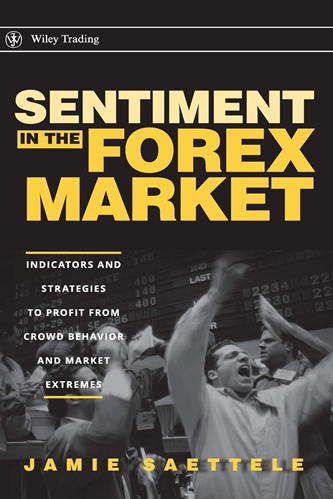
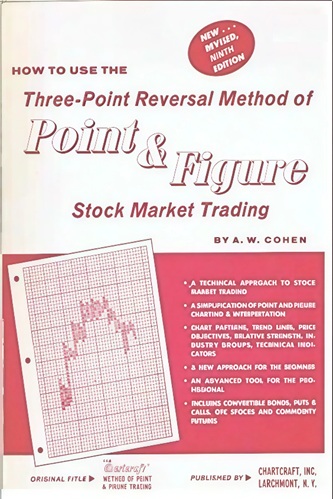
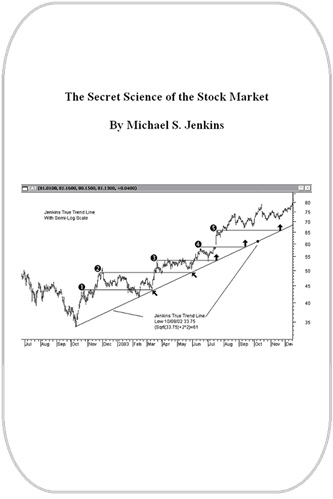
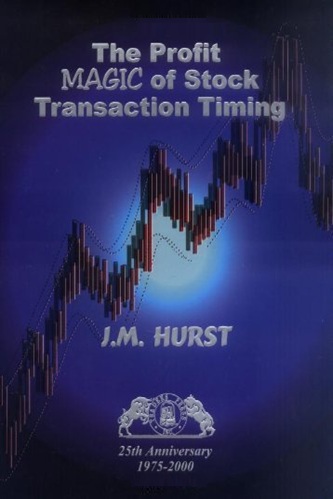
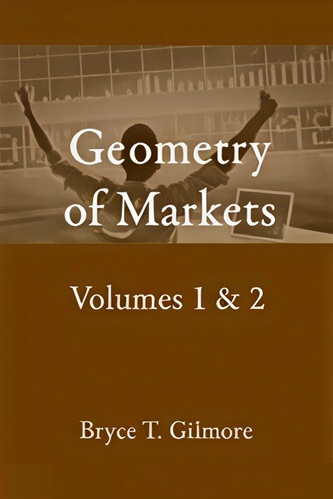
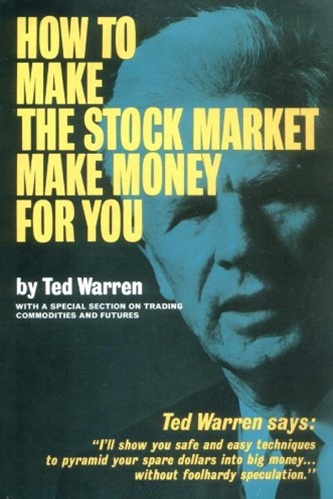
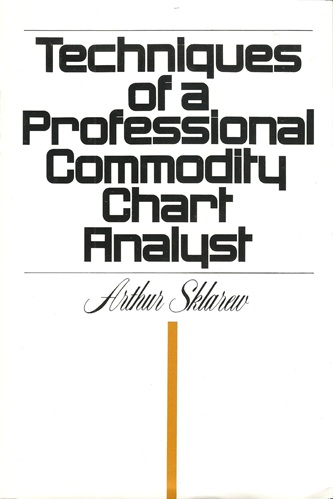
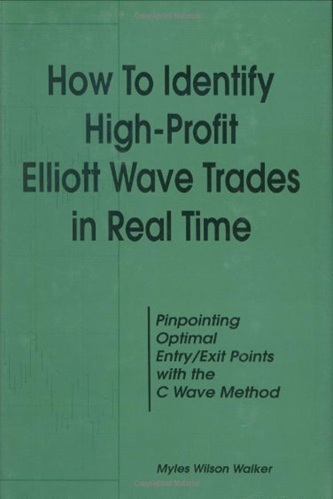

Anderson Dodson (verified owner) –
Reading the book you can get a feeling that the author really has the experience and knowledge, but I was looking for something more deep.
Rio Huynh (verified owner) –
This book provides an interesting take on how to make money in the FX markets.
Raiden Blankenship (verified owner) –
Jamie truly understands how forex markets work from a historical and current standpoint. His insight will prove to be relevant for years to come. I highly recommend.
Rosalee Newman (verified owner) –
I was looking for a helpful read on the FX markets from an investing perspective -the author really nails key themes and his contrarian approach came ahead of all the madness in the markets, so he must be on to something. I highly recommend this book for the novice and sophisticated investor alike.
Aron McClure (verified owner) –
As someone who has become increasingly leery of equities (who hasn’t), I needed an introduction to a new market. When a friend recommended the Forex market, I bit immediately. The next thing he recommended was Saettele’s book. I couldn’t be happier with where it’s taken me, and I don’t miss sweating my stocks one bit. Pick up this book.
Kehlani Dejesus (verified owner) –
This book provides great insight into how investor psychology effects market volatility. This book was very helpful in the development of my personal trading strategy as I have shifted my allocation away from equities and into currencies. The general themes of this book and major indicators have also been very helpful in making macro level forecasts in my professional life. The author has a talent for simplifying advanced concepts and drawing parallels between market activity and crowd behavior. When’s the next book coming out?
Remi Prince (verified owner) –
Perhaps it is because I am a woman, but I have long believed that emotions and psychology can move markets more than fundamentals, and Jaime Saettele knocks this concept out of the park in this book. As retail investors like myself begin to dabble more in the foreign exchange markets, it is important to understand how to rationally interpret market sentiment amidst the daily volatility. In these days of information overload with CNBC and Wall Street Journal constantly bombarding the investing public, Saettele outlines how to correctly identify scenarios where going against the majority can translate to profit. This book was highly recommended to me, and I would do the same to anyone looking for an intelligent and entertaining take on how to be a successful long-term investor in the Forex markets.
Oaklee Cummings (verified owner) –
Perhaps the first truly comprehensive guide to contemporary Forex investing, Saettele’s “Sentiment in the Forex Market” is both a well-rounded guide to forex investing and a thoroughly enjoyable read. Advocating an approach that takes into account both established technical methods of analyses, and the equally, if not more important psychological factors that drive the forex markets, Saettele constructs a fortified, succinct methodology. Frequently hilarious, Saettele’s greatest gift to the reader is one that eludes most all writers of investment guides – it’s actually enjoyable to read. Saettele’s technical know-how is crystal clear from the beginning, but it would be (as is frequently symptomatic of books of this sort) waisted without his equally impressive ability to distill the mathematical complexities of his research into coherent, useful guidance. A well-rounded and learned book by a bright young analyst, “Sentiment in the Forex Markets” should emerge as cornerstone for a new generation of investors.
Artemis Marshall (verified owner) –
I am a long time reader of DailyFX site and find it very useful.
One tool that caught my attention some time ago was the COT report column, write by Jamie Saettele.
The book goes further in explain the COT report itself, how to generate indicators from COT data, how to interpret it and, finally, how to use it as a tool to help trigger trades.
Well explained, with plenty of charts, it also has an introduction to Elliot Wave theory, largely used by the author in his tracking of markets.
I recommend the book because of it introduces this subject in a very straight forward way, easy to understand and apply immediately in your trading routine.
Leia Andrews (verified owner) –
In a time when negative sentiment is overrunning the market, guidance and insight into the factors and affects of crowd behavior is critically important. Jamie Saettele has provided that insight for the forex market in his book “Sentiment in the Forex Market.”
For anyone who has any desire to invest in currencies in this market, or for that matter, any market, up or down, it is crucially important to understand crowd sentiment. “Sentiment in the Forex Market” provides the guidance necessary for primarily seasoned, but also “beginning” traders, to succeed in the forex market. From in depth analysis, strategies and historical precedents, to anecdotes and easy to follow lessons, Jamie Saettele has clearly outlined the drivers and affects of crowd sentiment, and has provided a road map to understanding crowd sentiment, and using that understanding, and the indicators he discusses, to succeed in the forex market.
Mohammed Vo (verified owner) –
There are less then 80 pages about sentiment indicators in this book. Fundamental Analysis, Technical Analysis, Elliott and Fibo make the rest.
Kaiden Rowland (verified owner) –
One of the best aspects of the book was it changed my perception of the news and how financial information is reported. There are no clear cut trading strategies laid out with entry and exit points. I don’t believe this was the intent of the book. What it gives you is a different perspective on how to view hype that’s generated by news publications and the media in general. This is the kind of book that I will probably re-read a couple of times before all the absract concepts finally sink in. While it’s not what I was looking for, it is something I should understand.
Lukas West (verified owner) –
The author asserts that the FX markets depend upon other traders emotions and psychology not on the basis of any real indications. Essentially if traders at large believe the pair will be bullish than lo and behold the pair becomes bullish. He does attack standard fundamental analysis and does something extreme and crazy for a trading book, he backs up his points! Some may want more rigor but I believe he did a fine job proving himself.
He is also advocating a KISS strategy for trading, he wants you to trade longer time frames and then tells you how he does the trading on those time frames. He doesn’t bother with many indicators and I think he has a point there. To many signals dilutes the strength of a method. I thought his concise discussion of Elliot wave theory was very good, I’ve read about Elliot waves before and was left somewhat confused when I actually went to real charts.
I would defiantly recommend this book.
Rosalee Prince (verified owner) –
This book is really good if you are starting at forex trading … However if you had some time I don’t think it would do you any good since you probably know what’s going on by now. I decided to buy the book probably seven months after I started trading and I already knew everything since I have the privilege to watch the market all day…
Aron Walsh (verified owner) –
The book starts out well. It builds a case for Sentiment trading, and gets you thinking about how it actually works. The author says technical indicators are a general waste of time (However the latter half of the book is devoted to technical indicators – which makes no sense to sentiment trading). Then it begins to fall apart after that. The author explains how he uses COT but never actually helps you understand the COT report itself (if you decide to look at it on line). Nor does the author explain how to set it up on your own spread sheet if you wanted to do that. How to exit a trade is so inadequate as well. Then the time devoted to “putting it all together” is one page of summary that doesn’t actually tell you how to put a trading system together. Basically it means you still have a lot of work to do to put together a sentiment trading system as this book doesn’t help in doing that. It seems the author attacked the subject with vigour to start with then just dropped the ball half way through and padded it out with indicators – which he says are worthless in the first half of the book anyway. I’d give it 2.5 stars out of 5 as the first half of the book is interesting… the second half you can easily replicate from information on-line and is not relevant to sentiment trading.
Jase Munoz (verified owner) –
As a active FX trader and follower of the methods of Larry Williams Jake Bernstein, I found this book essential to developing a workable, scalable and most importantly…profitable trading plan. Backtested and forward tested…in a word, it works! Solid, straightforward writing, examples and formulas. Recommended highly for the experienced trader; newbies probably won’t grasp it. It is not a Holy Grail; the methodology requires a good deal of screen time experience and actual manual trading to calibrate the nuances in both calculations and charting. Slog thru it, you will not be sorry! Thank you Jamie!